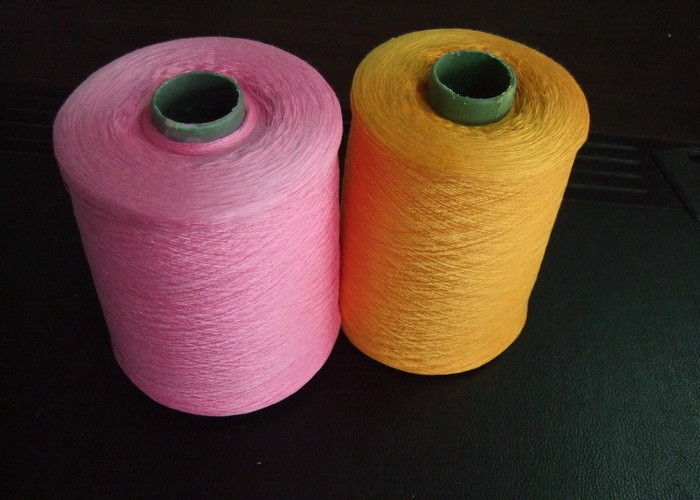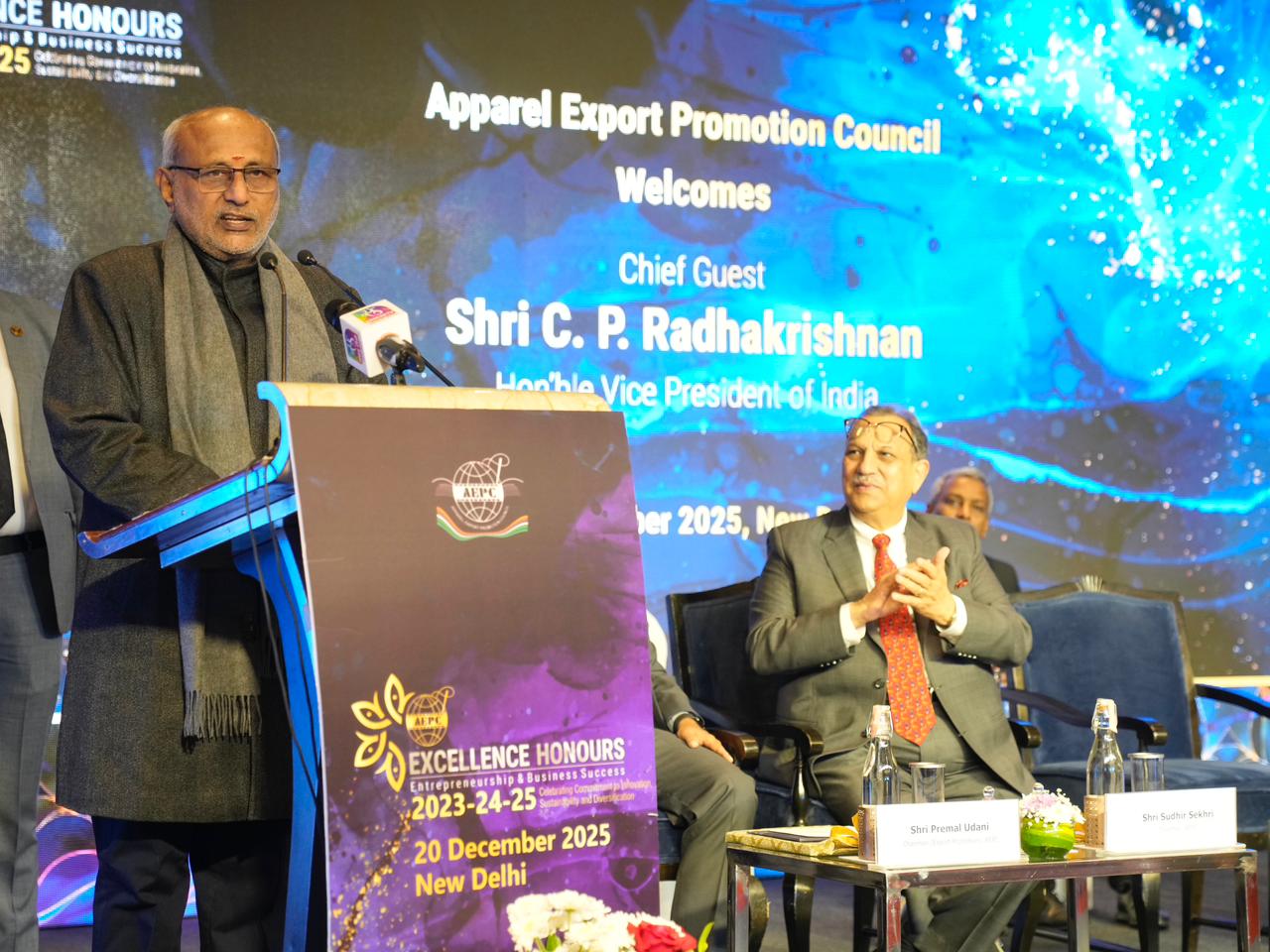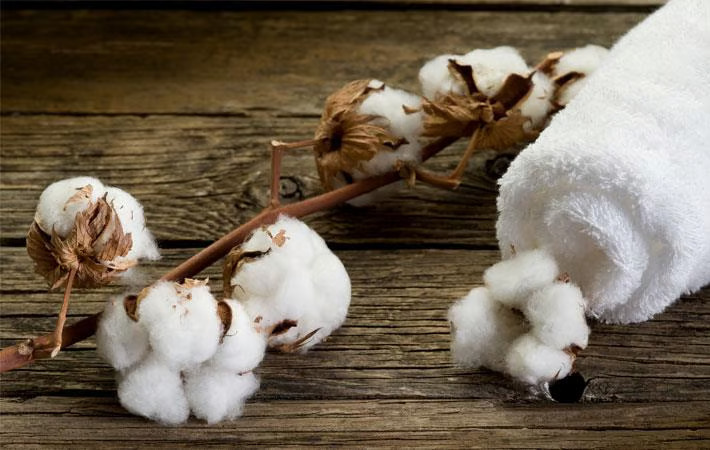FW
With the promise of Trans-Pacific Partnership (TPP), Vietnam is seeing a wave of investment from foreign textile and garment manufacturers keen to cash in on the tax benefits. Vietnam’s clothing makers are in a race to find the right suppliers as its own textile mills only produce a fifth of the country’s needs today.
The TPP being negotiated by 12 countries, including the US, promises major tax cuts for Vietnam’s garment exports, but only if they use fabric made locally or in other TPP countries, which excludes China. However, the raw material for more than half of the garments made in Vietnam comes from China as sourcing locally is tough and expensive. Even some zippers or some special raw materials are very difficult to find.
For years, Vietnam has focused on far less capital intensive part of the global garment business: cutting and sewing the final products for export. Value addition to the products is low. Businesses that do not have the capital to invest are stuck waiting for large domestic or international producers to build up their local fabric supply. So, for Vietnam’s thousands of small and medium-sized garment makers, the benefits of TPP are not too obvious.
About a 100 handloom weavers in Tamil Nadu will be offered training for 50 days under the Integrated Skill Development Scheme (ISDS). During training the weavers would also be given a daily stipend of Rs 150. The training imparted to weavers in the centre would help them develop new designs and come out with diversified products with improved quality to meet changing market needs and enhance their earnings.
In the first batch, 20 weavers will be trained and all 100 weavers will be covered in the next 10 months. The training centre is equipped with all necessary infrastructure facilities, including looms, motorised jacquard boxes, computerised design machines, computerised card punching machines, and motorised winding machines to help weavers upgrade their skills and get updated with emerging technologies.
ISDS was launched to address the manpower needs of textile and related segments including handicrafts, handlooms, sericulture, jute and technical textiles and develop a cohesive and integrated framework of training based on industry needs.
The scheme envisages a substantial skill program, which aims to develop around 30 lakh persons in the next five years. Skill development and entrepreneurship programs for women are a specific focus of the scheme. It also seeks to connect entrepreneurs to mentors, incubators and credit markets, foster innovation and entrepreneurial culture, improve ease of doing business and promote a focus on social entrepreneurship.
Sweden will fund a five-year project in Bangladesh’s RMG industry. The new initiative, which will continue from November 2015 to December 2020, is aimed at enhancing labor relations through improved dialogue between employers and workers, particularly at the workplace level.
Conciliation and arbitration mechanisms will be strengthened to become a more effective, trusted system. The capacity of workers and employers will be enhanced to engage in social dialogue and collective bargaining as well as to make effective use of dispute prevention and resolution mechanisms.
The project will also engage international buyers and trade unions. Although initially it is targeting the garment industry, the impact of the project will eventually cover all sectors. Sweden will partner with Bangladesh and ILO in this project, especially as it focuses on a sector where 80 per cent of workers are women.
This is a new endeavor in a series of initiatives undertaken in the clothing sector following a factory disaster in 2013. Bangladesh’s clothing sector has grown rapidly since the 1980s and currently comprises some 3,500 export-oriented factories which generate over 80 per cent of the nation’s export earnings. The industry currently employs an estimated 4.2 million workers. The European Union and the US are Bangladesh’s main garment export destinations.
The apparel retail apparel industry in Nepal has been hard hit after the earthquake. This year the festive season lacks cheer as sales are yet to pick up. April and May are the peak season for sales as it is the wedding season. However, most orders got cancelled due to the national disaster. Imports from India have been lower than usual. Instead of 100 pieces only five pieces are coming in after delays. Some stores have put up last year’s stock since new arrivals are stuck at various border customs points.
Meanwhile clothing and apparel outlets are offering attractive discounts. At some shops sales have decreased by almost 50 per cent. Some retailers say the earthquake has not affected business but the political unrest and turmoil has taken its toll. Most retail outlets in Nepal are also actively marketed on social networking sites. They display their latest arrivals on their official Facebook pages. Footfall at clothing stores have decreased significantly due to the shortage of new arrivals.
Most store owners are cautiously hopeful about the festive season. They plan to introduce new schemes, promotional activities through social media and huge discounts to attract more customers to at least meet overhead costs.
The Istanbul Textile and Apparel Exporters Association (ITKIB) is the largest association of light industry enterprises in Europe with more than 16,000 members. ITKIB members account for about 15 per cent of the total amount of Turkey’s merchandise exports, including exports of readymade garments, textile products and raw materials, leather and leather goods and carpets.
ITKIB’s main objective is to enhance Turkey's export potential, help members do more business globally and contribute to the development of bilateral and multilateral trade relations. An ITKIB delegation is visiting Belarus from September 28 to October 1 to hold meetings with Belarusian partner organizations. The sides are discussing the prospects of trade, economic, and manufacturing cooperation and the implementation of investment projects aimed at the market of the Eurasian Economic Union in Belarus. Besides. The visit will visit Belarusian light industry enterprises and promising investment platforms.
Turkey’s major exports are textiles and clothing, automotive, iron and steel, white goods and chemicals and pharmaceuticals. Turkey is also one of the leading shipbuilding nations. The country’s main export partners are Germany, Iraq, UK, Italy, France, US, Russia, Spain, UAE and Iran. Exports account for about 10.4 per cent of Turkey’s economic output.
The Apparel Training and Design Centre (ATDC) signed an MOU with Andhra Pradesh State Skill Development Corporation (APSSDC) for training and skilling workers in the rapidly growing textile/fashion related sectors. Imparting employment-oriented training and encouraging entrepreneurship through skill development to the youth and women is the aim of the MoU, which has been signed for an initial period of two years. Skill-training programs will be offered by ATDC and APSSDC in the capital for the rural population engaged in the land pooling process.
School dropouts and college graduates from all over the state are the target groups. ATDC will offer specific vocational training programs according to the skills needed for the job and industry demands.
As Darlie Koshy, DG&CEO of ATDC said that ATDC would not leave any stone unturned to impart the necessary skills to empower students, which would help them in getting jobs and starting their own business. That special emphasis would be laid to impart soft skill and communications to groom trainees. This MoU is set to be a significant help to achieve and train maximum people. Koshy also said that ATDC is planning to set up a training centre in Tenali with the support of NSL Textiles (Guntur Garments) 28 kms from Vijayawada, immediately.
Shima Seiki's US design center in Los Angeles, houses several of the company’s computerised machines, including the SWG091N2, which can produce accessories such as hats, scarves, gloves and socks, including toe socks.
Visitors to the design center can also get a demonstration of Shima Seiki’s Apex 3 total fashion system concept, which offers yarn and knit simulation, 3-D virtual models, and patternmaking functions. Designers can choose from a preloaded library of yarns, scan a new yarn into the Apex 3 system or virtually create their own. They can adjust the yarn gauge and view the yarn simulated in a fabric swatch or garment. Users can also start with a reference image and re-create the stitch structures.
There is a trim library as well as an embroidery function, a jacquard function and the kaleidoscope tool, which picks up the colors from a mood board and translates them into different patterns. Virtual swatches and garments can be saved as a JPEG or Illustrator file. The Apex 3 system will also generate a knit code to send to the manufacturer.
Shima Seiki has been making flat knitting equipment for more than 50 years in Japan. About eight years ago, the company began producing apparel.
www.shimaseiki.com/
Certain regions are producing fresh cotton. Areas around Dharangaon in Maharashtra, Amreli district of Saurashtra in Gujarat, Hubli and Kabini Dam in Karnataka, small pockets near Adoni in Andhra Pradesh, and Khargone in Madhya Pradesh are the regions, are witnessing fresh cotton output. Kharif cotton production estimate could be 33.5 million bales for 2015-16 as against 34.62 million bales in 2014-15, a marginal decline because of deficient rains. This is based on sowing until now across India. Indian Cotton Federation (ICF) says total cotton estimates vary between 370 lakh bales to 400 lakh bales of 170 kg a bale for the 2015-16 season.
During the last fortnight, Cotton Corporation of India (CCI) has been able to get consistent sale through its auction and unsold stock was approximately 25 lakh bales, as per the ICF. Even at the very end of the season, since good quality cotton is available to them at market prices, mills have been saved by the CCI this season.
The white fly attack posed a problem in the northern region of Punjab, Haryana, and Rajasthan because of which, Punjab allocated a compensation of Rs 10 crores to the affected farmers. Water shortage in various catchment areas was resolved by the floods in Surashtra, in Gujarat. However, the severe heat conditions that followed the floods, has affected the cotton plants and this apparently is likely to lead to a dip in the yield because of stunted growth of the plants.
Bruckner has come up with new lines and components for textiles, nonwovens and coated, woven and knitted fabric. The company makes machines for coating and finishing textiles, technical textiles, nonwovens and floor coverings.
The German company offers energy-optimised textile finishing machines, high-quality products and advanced technology. The new Ecoline machine has an air-through zone in the first half-zone and an integrated heat-recovery unit. This allows saving of thermal energy and production increases. The dryer is provided with alternating and split-flow air circulating systems ensuring an optimum temperature distribution. All established heating systems are available, gas direct, gas indirect, thermal oil and steam. Almost any kind of woven and knitted fabric can be treated.
In application technology, Bruckner presents a new development for minimum impregnation applications. Functionalisation chemicals are applied with a liquor reservoir. The reservoir can be used almost completely and no chemicals are wasted or disposed of. Impregnation as well as applications on one or both sides is possible.
Due to the little application quantity processes such as drying or curing have to evaporate only a low quantity of water which has clearly a positive effect on energy consumption of the respective dryer.
www.brueckner.com/en/

Production capacity expansion

Buoyed by growth, many companies are investing in new yarn plants now. DAK Americas has announced a significant increase in fibre capacity. The company recently said that an increase in its polyester staple fibre (PSF) capacity of 230 million pounds per year will meet growing demand in America. The new fibre capacity will be installed at DAK’s Pearl River site in Bay St. Louis. DAK says, the project will create 86 new jobs, including positions in operations, maintenance, technical and management. DAK recently also completed a PSF expansion at its Charleston facility, adding 27 million pounds per year of PSF capacity.
Even companies from Brazil, Canada, China, Dubai, Great Britain, India, Israel, Japan, Korea, Mexico and Switzerland, and the United States, have announced their plans to set up or expand textile plants in Georgia, Louisiana, North Carolina, South Carolina, Tennessee and Virginia indicating rising importance of the fibres and yarns made in the USA.
Yarn orders continue increase
America has been witnessing a sustained period of stability with a continuous rise in orders for ring spun yarn and a variety of polyester, blended and open-end yarns. Experts now expect even the fourth quarter to be strong for the spinning industry.
Another reason for stability of the polyester industry is that cotton prices have stabilized, hovering between 60 and 65 cents for some time. As of August 28, 2015, spot cotton quotations for the base quality of cotton —color 41, leaf 4, staple 34, mike 35-36 and 43-49, strength 27.0-28.9, uniformity 81.0-81.9 — in the seven designated markets measured by the US Department of Agriculture averaged 61.30 cents per pound, down from 64.11 cents the previous week and 67.04 cents reported the corresponding period a year ago.
Daily average quotations ranged from a high of 64.17 cents on August 21, 2015 to a low of 59.61 cents on August 26, 2015. Spot transactions reported in the Daily Spot Cotton Quotations for the week ended August 27, 2015 totalled 2,725 bales. This compares to 5,645 bales reported the previous week and 13,668 spot transactions reported the corresponding week a year ago. Total spot transactions for the season were 17,776 bales compared to 21,046 bales the corresponding week a year ago. The ICE October settlement prices ended the week at 63.83 cents, compared to 67.66 cents the previous week.
www.dakamericas.com












